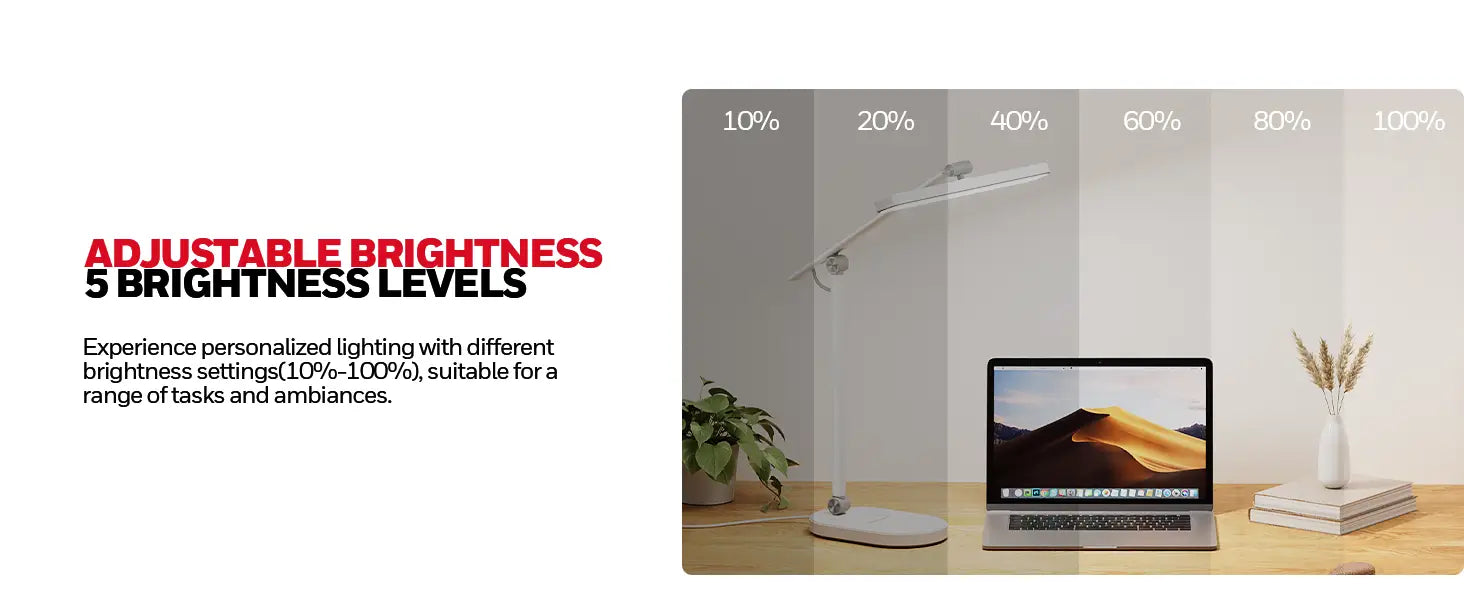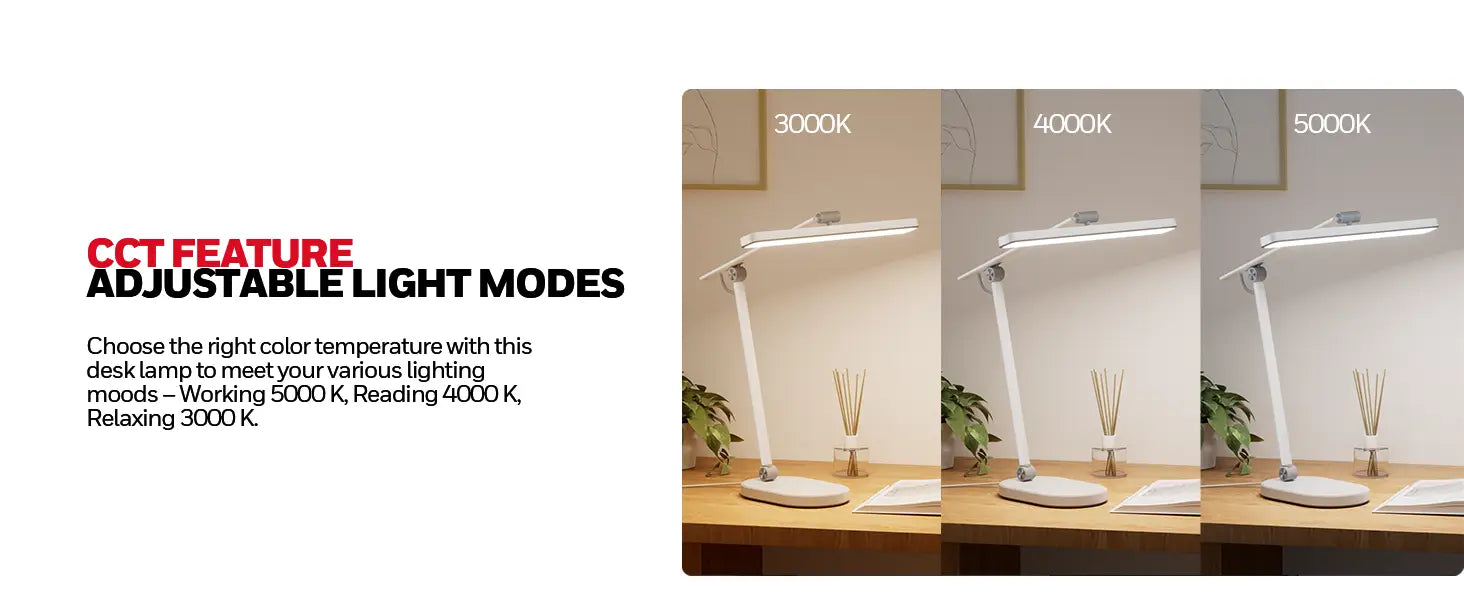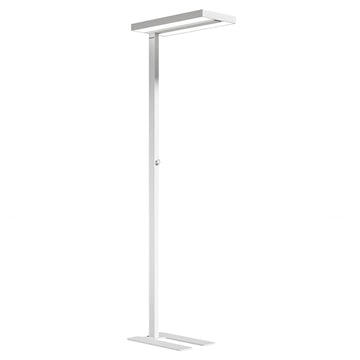When it comes to creating an optimal learning environment for children, many parents focus on factors like a quiet space, ergonomic furniture, and organized study materials. However, one often overlooked yet crucial element is lighting—specifically, the choice of a desk lamp. A well-chosen desk lamp for child study can significantly impact a child’s ability to focus, read comfortably, and maintain good eye health.

In this article, we’ll explore why selecting the best desk lamp for child reading is essential and how it can contribute to your child’s academic success and overall well-being.
Why Lighting Matters for Children’s Study and Reading
Lighting plays a vital role in how children perceive and interact with their environment, especially during study and reading sessions. Poor lighting can lead to eye strain, headaches, and even long-term vision problems. On the other hand, proper lighting can enhance concentration, reduce fatigue, and create a more enjoyable learning experience.
Research shows that children are particularly sensitive to lighting conditions because their eyes are still developing. For instance, inadequate lighting can cause the eyes to work harder to focus, leading to discomfort and a decreased ability to retain information. This is where a high-quality desk lamp comes into play. A desk lamp for child study should provide consistent, glare-free illumination that mimics natural light, ensuring that your child’s eyes are not overworked during study sessions.

Key Features to Look for in a Desk Lamp for Child Study
When selecting the best desk lamp for child reading, there are several factors to consider to ensure it meets your child’s needs:
-
Adjustable Brightness: Children’s activities, such as reading, writing, or drawing, require different levels of light. A lamp with adjustable brightness settings allows you to customize the lighting based on the task at hand. For example, brighter light may be needed for detailed work, while softer light is ideal for general reading.

-
Color Temperature: The color temperature of a lamp affects the mood and functionality of the light. A lamp with a color temperature of around 4000K to 5000K is ideal for study and reading, as it provides a cool, daylight-like illumination that promotes alertness and reduces eye strain.

-
Flexible Design: A desk lamp for child study should be adjustable in height and angle, allowing your child to position the light exactly where it’s needed. This flexibility ensures that the light is evenly distributed across the workspace, minimizing shadows and glare.
-
Eye-Friendly Technology: Look for lamps with features like flicker-free lighting and high color rendering index (CRI). Flicker-free lighting reduces the risk of eye strain and headaches, while a high CRI ensures that colors appear true to life, which is particularly important for tasks involving art or color-coded materials.

-
Safety and Durability: Children can be rough with their belongings, so it’s important to choose a lamp made from durable, non-toxic materials. Additionally, ensure the lamp has a stable base to prevent tipping and overheating.
The Impact of a Desk Lamp on Eye Health
Using the best desk lamp for child reading isn’t just about improving study efficiency—it’s also about protecting your child’s vision. Prolonged exposure to poor lighting can lead to conditions like myopia (nearsightedness) and digital eye strain, especially as children spend more time on screens for both learning and entertainment.
A well-designed desk lamp can help mitigate these risks by providing adequate illumination that reduces the need for squinting or leaning too close to books or screens. For example, a study published in the Journal of Ophthalmology found that children who used proper lighting during study sessions were less likely to develop myopia compared to those who studied in dim or uneven lighting.
Moreover, a desk lamp for child study with adjustable settings can encourage good posture. When the light is positioned correctly, children are less likely to hunch over their work, reducing the risk of neck and back pain.
Practical Tips for Using a Desk Lamp Effectively
To maximize the benefits of a desk lamp for child reading, consider the following tips:
-
Position the Lamp Correctly: Place the lamp on the opposite side of the child’s dominant hand to minimize shadows. For example, if your child is right-handed, the lamp should be on the left side of the desk.
-
Combine with Ambient Lighting: While a desk lamp provides focused light, it’s important to also have ambient lighting in the room to reduce contrast and create a balanced lighting environment.
-
Encourage Regular Breaks: Even with the best lighting, prolonged focus can strain the eyes. Encourage your child to take short breaks every 20-30 minutes to rest their eyes and stretch.

Conclusion
Choosing the right desk lamp for child study is an investment in your child’s education and eye health. By prioritizing features like adjustable brightness, eye-friendly technology, and a flexible design, you can create a study environment that supports focus, comfort, and long-term visual well-being. Remember, the best desk lamp for child reading is one that not only illuminates the workspace but also enhances your child’s overall learning experience. So, take the time to evaluate your options and select a lamp that meets your child’s unique needs—it’s a small change that can make a big difference.









